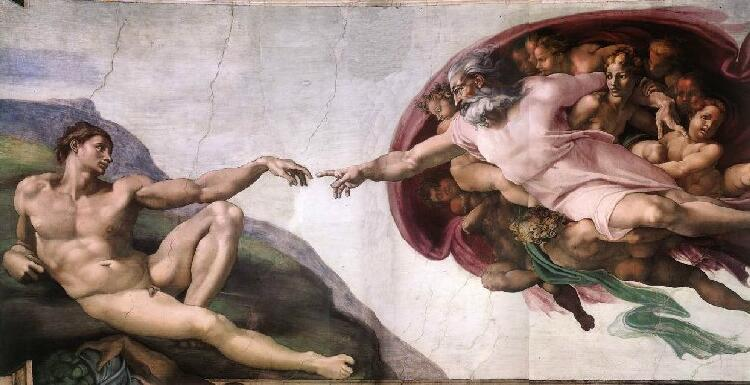Several people have asked if they can use “the Mimi & Eunice font” for translations. It happens I don’t use a font – I actually hand-letter these suckers, trying to be messy. Apparently I haven’t succeeded, because even my messy hand-lettering looks a lot like my cleaner lettering from the late 1990’s, which I do have a font of. It’s called “Nina,” and I made it with Fontographer on my very first Mac – in fact it was my first Mac project ever. At long last I’m sharing it freely with everyone:
“Nina” Fonts on the Internet Archive
It’s a zipped file containing 3 versions: light, medium, and bold. Light and bold are probably sufficient; you can dispense with the medium for most uses. The format is old Mac “suitcase” (.suit) and may need to be converted into other, newer font formats. If you convert it, please upload your conversions back to archive.org (or send them to me to upload on the same page) so they can be shared too. Here’s an example of a Mimi & Eunice translated into Brazilian Portugese by Rafael Monteiro:

Original (English) comic here.
cross-posted from mimiandeunice.com








